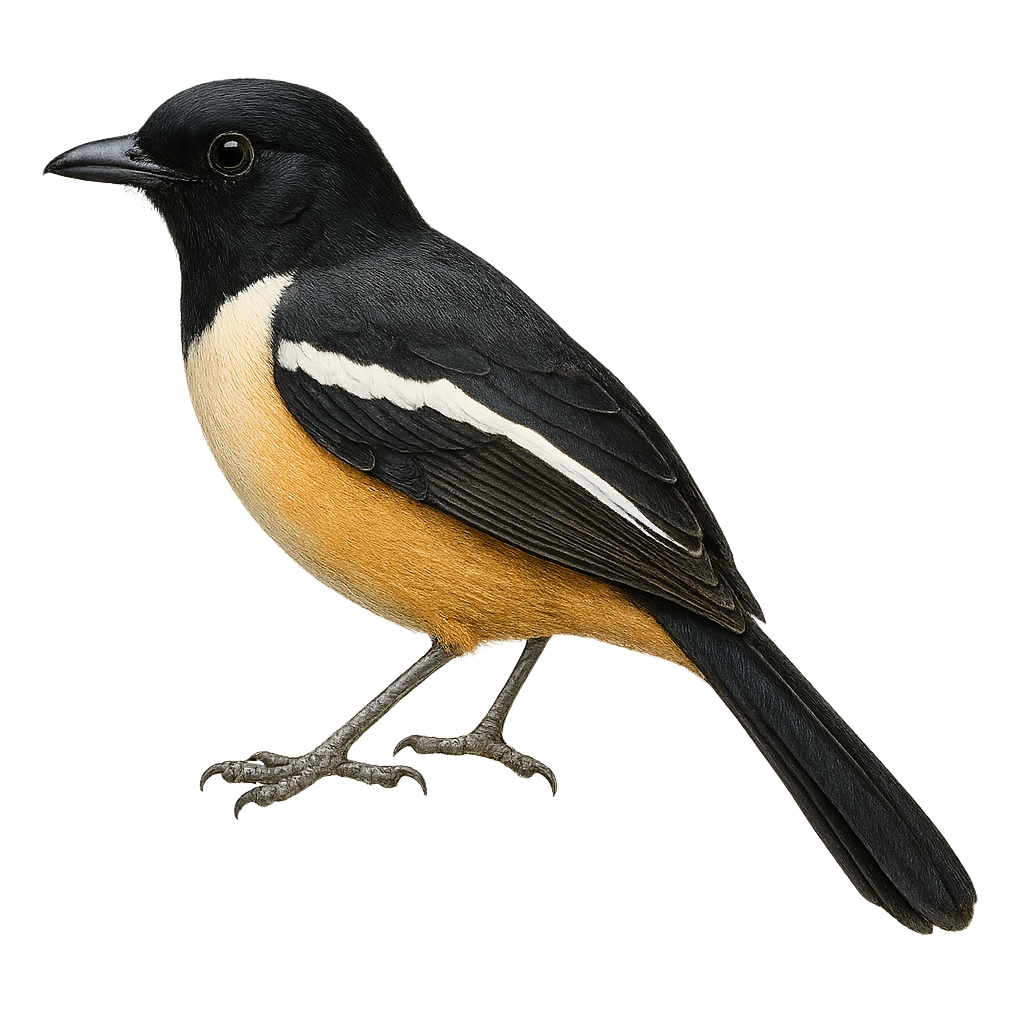Your wildlife photography guide.
Explore the southern boubou in detail, study its behavior, prepare your shots.
Where to observe and photograph the southern boubou in the wild
Learn where and when to spot the southern boubou in the wild, how to identify the species based on distinctive features, and what natural environments it inhabits. The WildlifePhotographer app offers tailored photography tips that reflect the southern boubou’s behavior, helping you capture better wildlife images. Explore the full species profile for key information including description, habitat, active periods, and approach techniques.
Southern Boubou
Scientific name: Laniarius ferrugineus

IUCN Status: Least Concern
Family: MALACONOTIDAE
Group: Birds
Sensitivity to human approach: Suspicious
Minimum approach distance: 5 m
Courtship display: October to November
Incubation: 17-19 jours
Hatchings: October to December
Habitat:
Forests, thickets, gardens
Activity period :
Primarily active during the day, with peak activity in the morning and late afternoon.
Identification and description:
The Southern Boubou, Laniarius ferrugineus, is a medium-sized bird, measuring about 20 to 25 cm in length. It is recognizable by its distinctive plumage, with a glossy black back and a rusty belly. This bird is mainly found in southern Africa, where it inhabits forests, thickets, and gardens. Its melodious song is often heard before the bird is seen. The Southern Boubou is a territorial bird, often living in pairs. It primarily feeds on insects but can also consume fruits. Although generally discreet, it may be observed in the open when singing. Its adaptability to various habitats makes it a relatively common species within its range.
Recommended lens:
400 mm – adjust based on distance, desired framing (portrait or habitat), and approach conditions.
Photography tips:
To photograph the Southern Boubou, it is advisable to use a telephoto lens of at least 400 mm to capture detailed images without disturbing the bird. Look for areas where the bird is likely to sing, as it is more visible at these times. Be patient and discreet, as this bird can be suspicious. Use a tripod to stabilize your camera and wait for the bird to perch in a position favorable to natural light.
The WildlifePhotographer App is coming soon!
Be the first to explore the best nature spots, track rutting seasons, log your observations, and observe more wildlife.
Already 1 432 wildlife lovers subscribed worldwide

